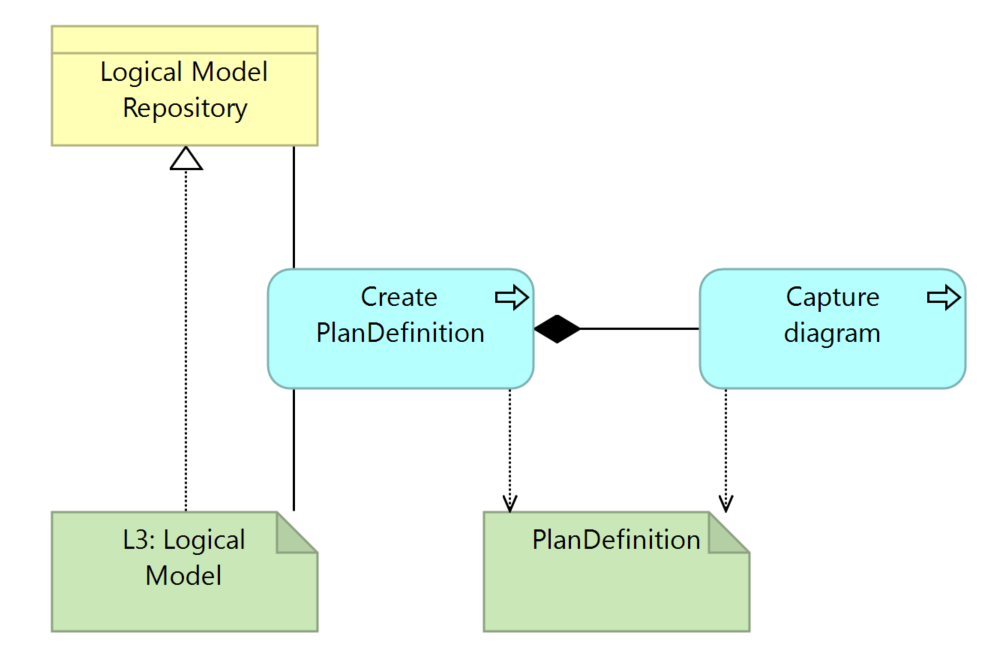DRAFT SMART Guidelines L3 SOP
0.2.1 - CI Build
DRAFT SMART Guidelines L3 SOP
0.2.1 - CI Build
DRAFT SMART Guidelines L3 SOP, published by TBD. This is not an authorized publication; it is the continuous build for version 0.2.1). This version is based on the current content of https://github.com/DigitalSQR/smart-ig-starter-kit and changes regularly. See the Directory of published versions
Scenarios are uniquely identified “example stories” that describe how the system is expected to behave in a relatively concrete scenario.
Each Persona is defined by the following data:
input/scenariosinput/fsh/scenarios
ExampleScenarios are not normative material. Change tracking shall follow the general guidance.
| Tool | Usage | Doc |
|---|---|---|
| Sushi | New ExampleScenarios can be created in FSH syntax | HL7 Spec Sushi Documentation |